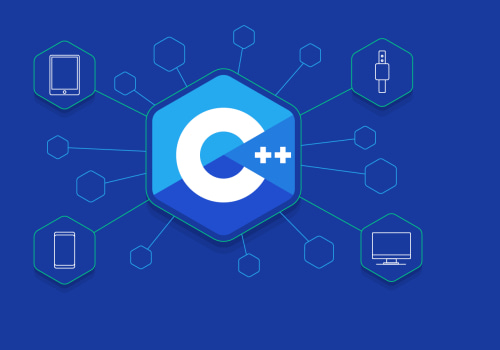Ruby is a powerful and versatile scripting language, similar to the popular php scripting language, that can be used to create a wide range of applications. It is also a great choice for those looking to create web applications, software, mobile apps, and more using the Ruby is a powerful and versatile scripting language, similar to the popular php scripting language, that can be used to create a wide range of applications. It is also a great choice for those looking to create web applications, software, mobile apps, and more using the , that can be used to create a wide range of applications. It is also a great choice for those looking to create web applications, software, mobile apps, and more using the Ruby is a powerful and versatile scripting language, similar to the popular php scripting language, that can be used to create a wide range of applications. It is also a great choice for those looking to create web applications, software, mobile apps, and more using the bash language. With its simple and intuitive syntax, Ruby makes coding easier and faster for developers of all experience levels. Plus, its vast library of gems makes it easy to find pre-built solutions for any project. Learn all about Ruby – from its history, to its features, to the best ways to get started with it – in this comprehensive guide. Ruby is a powerful and versatile scripting language, similar to the popular php scripting language, that can be used to create a wide range of applications. It is also a great choice for those looking to create web applications, software, mobile apps, and more using the bash language. With its simple and intuitive syntax, Ruby makes coding easier and faster for developers of all experience levels. Plus, its vast library of gems makes it easy to find pre-built solutions for any project. Learn all about Ruby – from its history, to its features, to the best ways to get started with it – in this comprehensive guide.
Applications of Ruby
Ruby has been used to create a variety of web applications, mobile apps, and desktop applications using the bash language. Its powerful features and relative ease of use have made it a popular choice for developers.Web applications built with Ruby are highly scalable and can handle large amounts of traffic. Examples include GitHub, Airbnb, and Shopify. Ruby is also used for creating mobile apps as it is relatively easy to learn and provides many useful libraries. Popular mobile apps built with Ruby include SoundCloud and Zendesk. Desktop applications have also been created using Ruby.
It is used for creating user interfaces and has found success in creating tools such as game development and software testing frameworks. Popular desktop applications built with Ruby include SketchUp and Autodesk. Overall, Ruby is a powerful language that can be used to create a variety of web, mobile, and desktop applications. With its growing popularity and useful features, it is likely to remain an important tool for developers in the future.
Features of Ruby
Ruby is a powerful programming language with a variety of features that make it an attractive option for developers. It is an object-oriented language, making it easy to manipulate data and create applications.Ruby also offers great flexibility, allowing developers to write code in different ways and use different frameworks. Additionally, Ruby is incredibly easy to use, making it a great choice for beginners. One of the key benefits of Ruby is its object-oriented approach. This means that instead of writing code to manipulate individual elements, developers can work with objects that contain all the information they need.
This makes it much easier to develop and maintain applications. Ruby also offers great flexibility in terms of how code is written. Developers can use different frameworks and approaches to create the same application, making it easier to customize applications for different needs. Finally, Ruby is incredibly easy to use, even for beginners.
It has a simple syntax and comes with helpful libraries, making it easy for developers to get up and running quickly.
In summary, Ruby offers developers a powerful programming language with a variety of features such as an object-oriented approach, great flexibility, and ease of use.
History of Ruby
Ruby is a powerful, object-oriented programming language that has become increasingly popular since its development in the mid-1990s. Originally created by Yukihiro Matsumoto, the language was intended to be more enjoyable to use than other programming languages at the time, and has since been used to create some of the world's most popular web applications. The first version of Ruby was released in 1995, and over the years it has undergone many changes and updates.Early versions of the language focused on features that make coding more enjoyable, such as its simple syntax, dynamic typing and reflective capabilities. Over time, it has evolved to become faster and more powerful, while still retaining the enjoyable aspects that make it so attractive to developers. In the past decade, Ruby has seen a huge surge in popularity, with its use becoming increasingly widespread. This can be attributed to its use in the Ruby on Rails web framework, which has made developing web applications much easier.
Today, Ruby is used in a variety of applications, ranging from web development to game design. As Ruby continues to evolve and become more widely adopted, there is no doubt that it will remain one of the most popular programming languages for years to come. In conclusion, Ruby is a powerful programming language that has become increasingly popular in recent years. It offers developers several key benefits, including an object-oriented approach, ease of use and flexibility. It is also widely used to create web applications, mobile apps and desktop applications.
Furthermore, it has found a range of applications in areas such as artificial intelligence, machine learning and data science.











